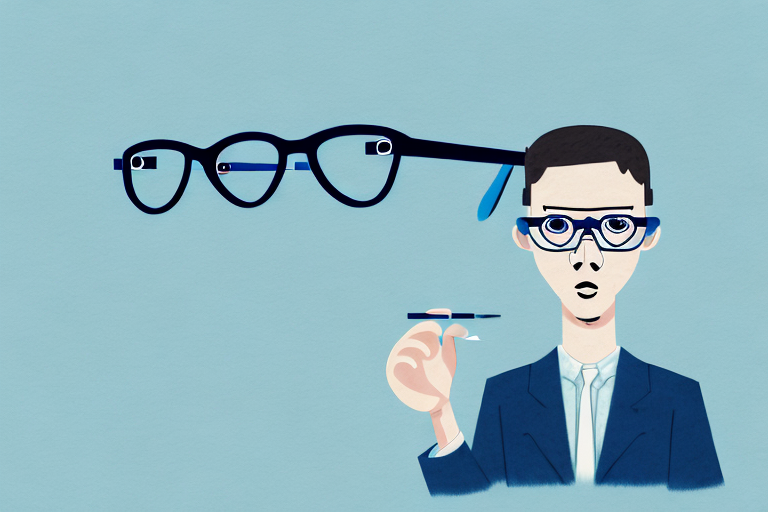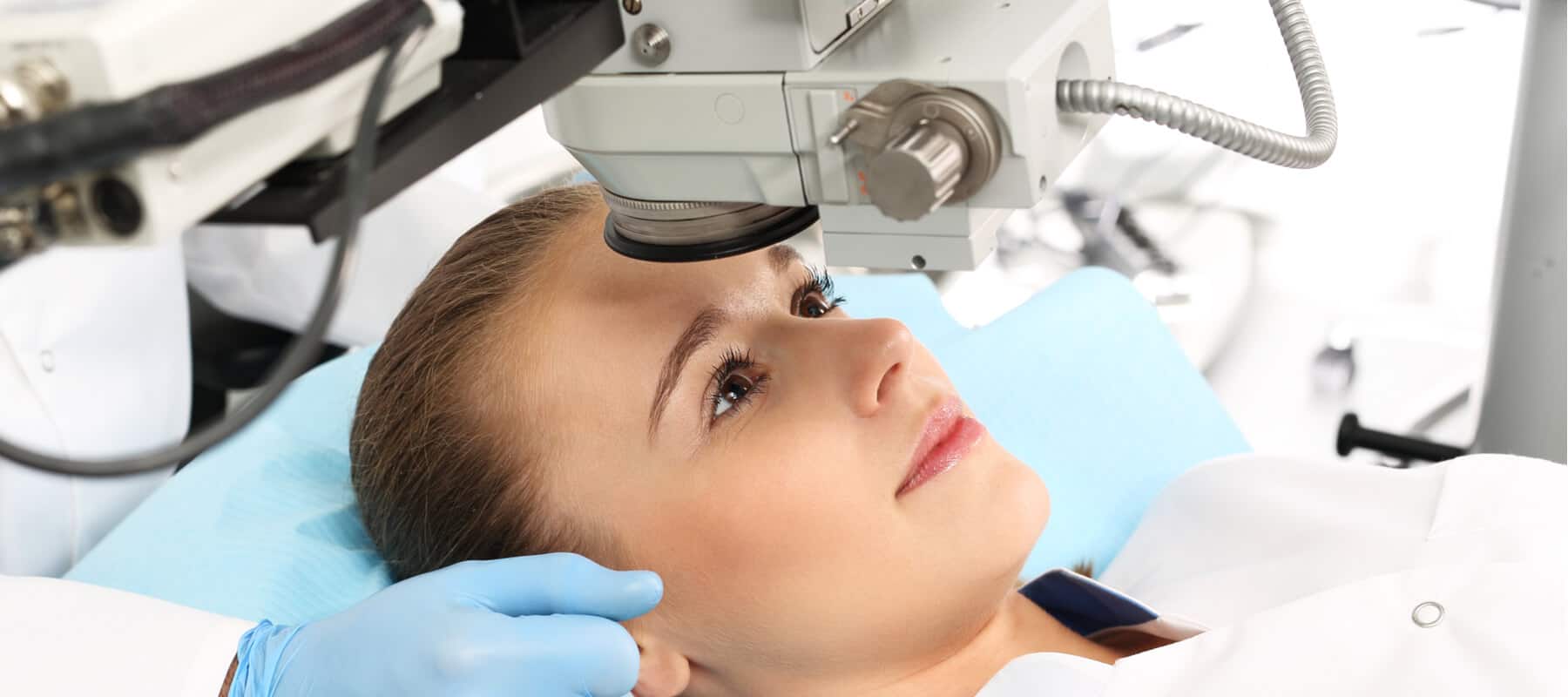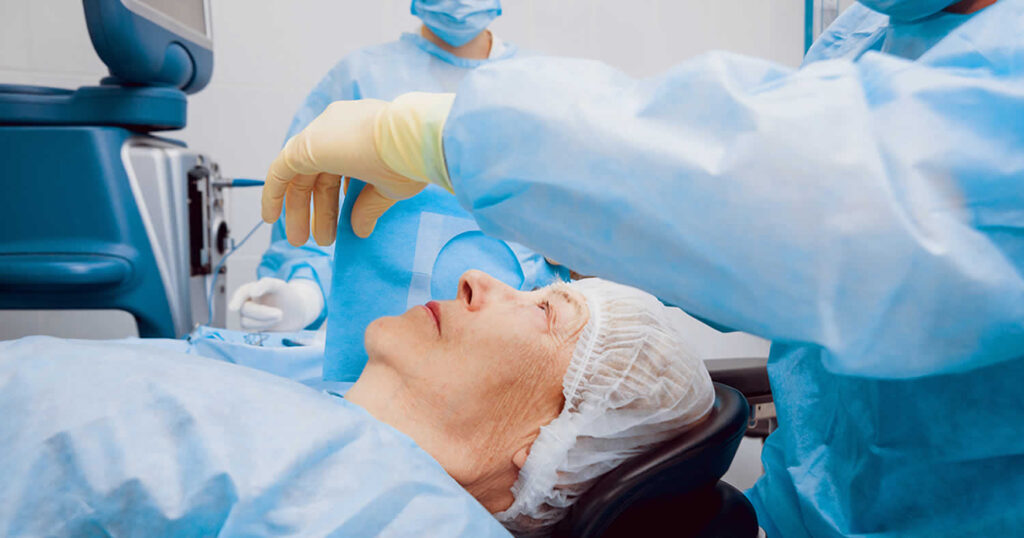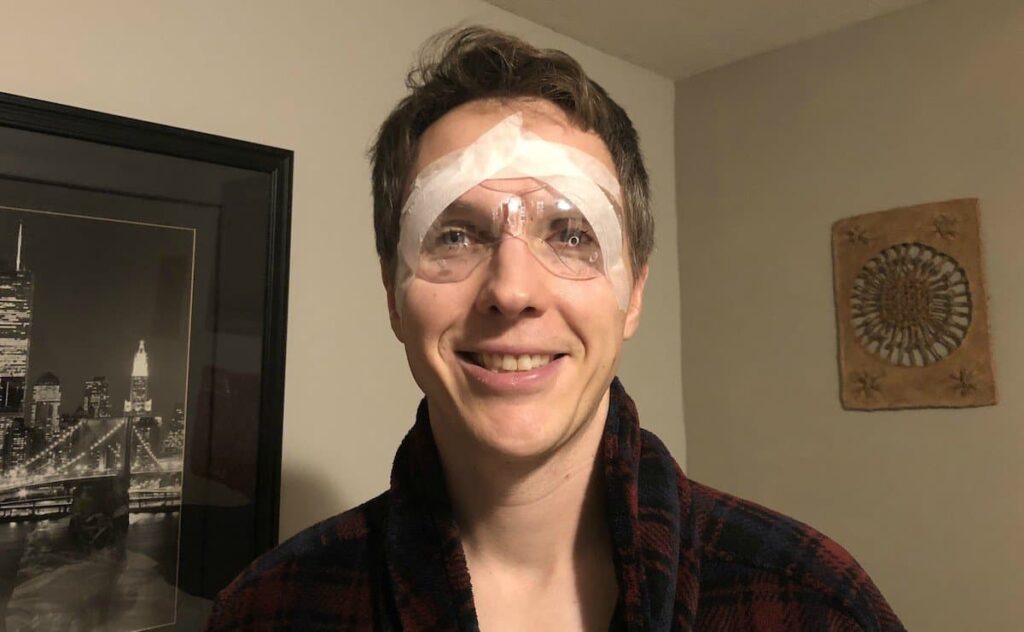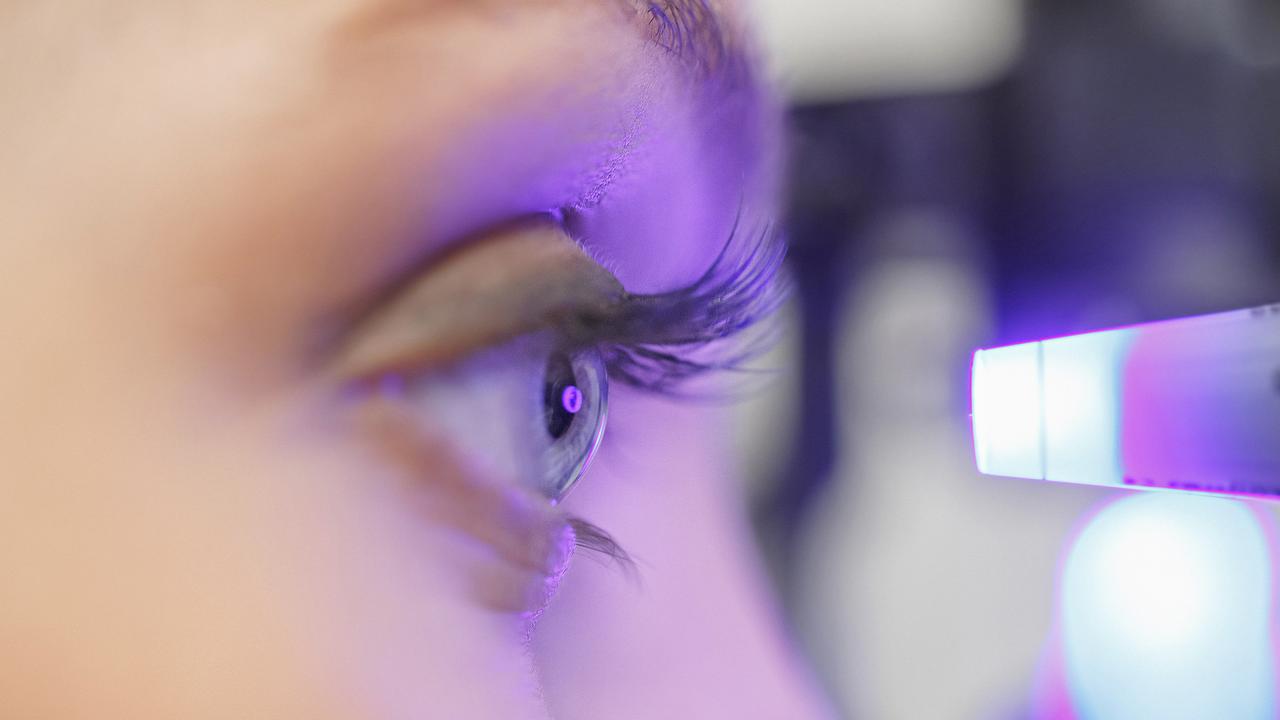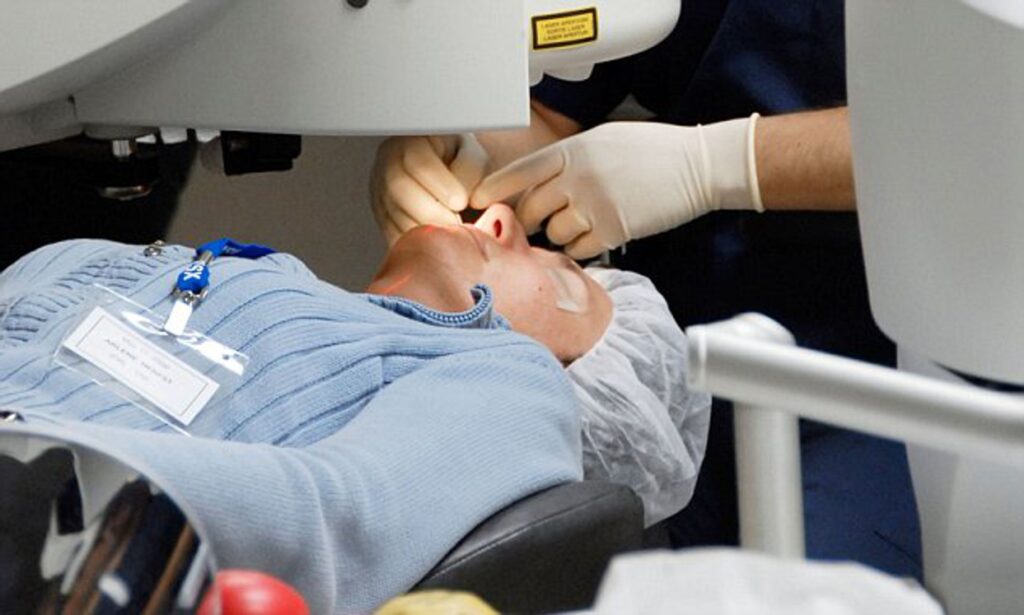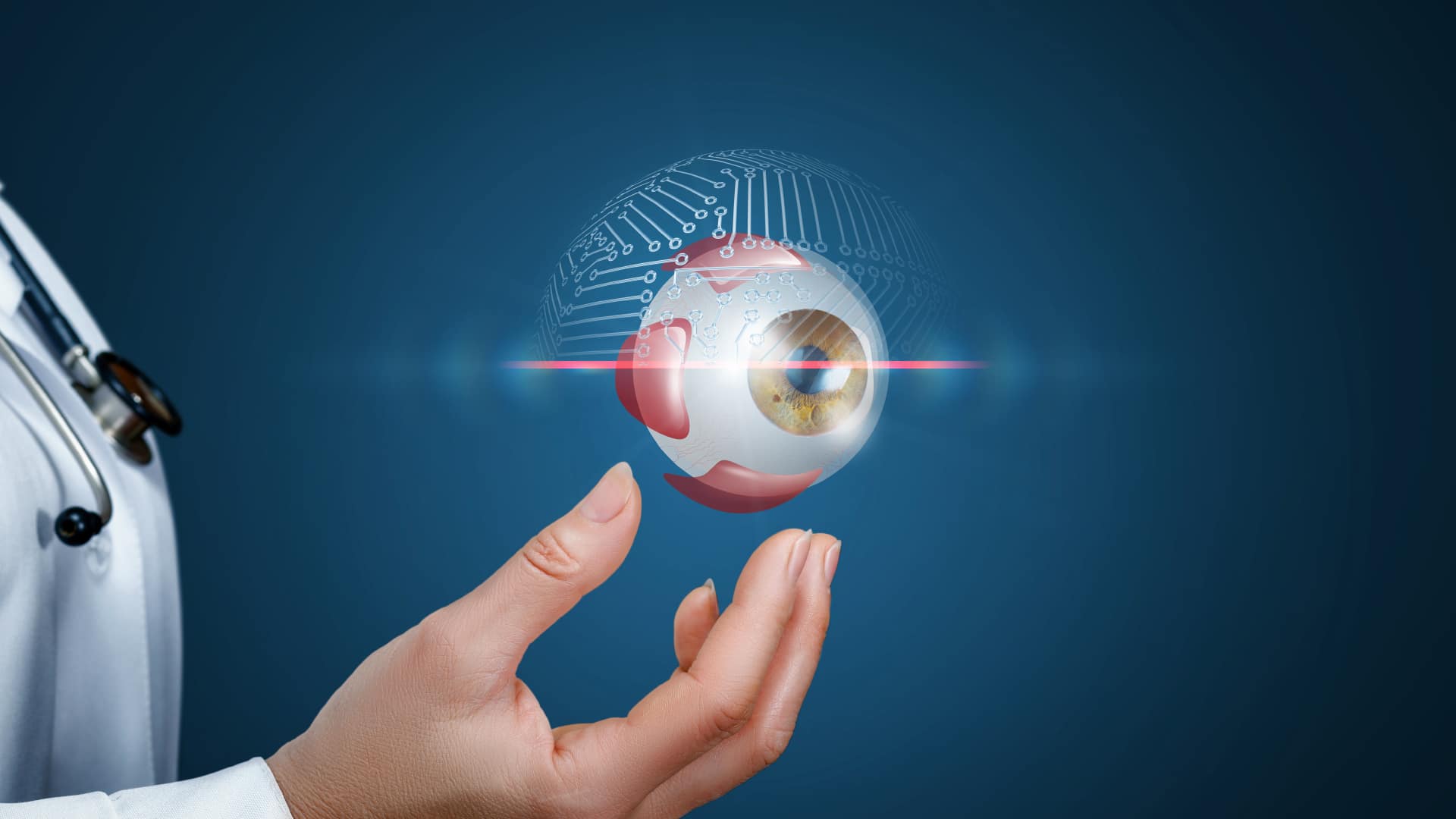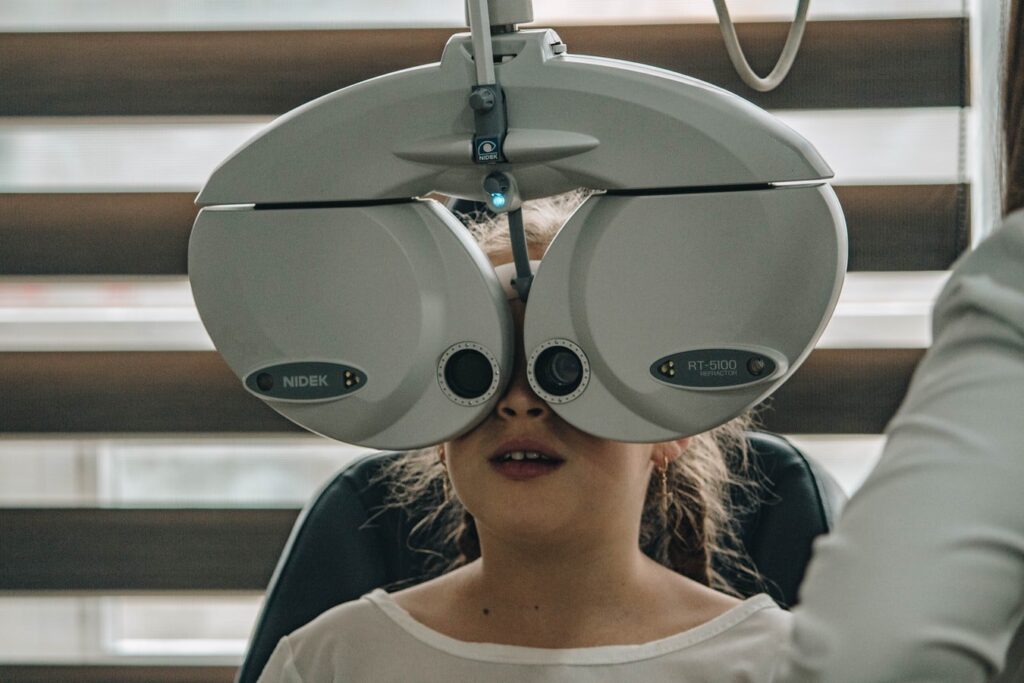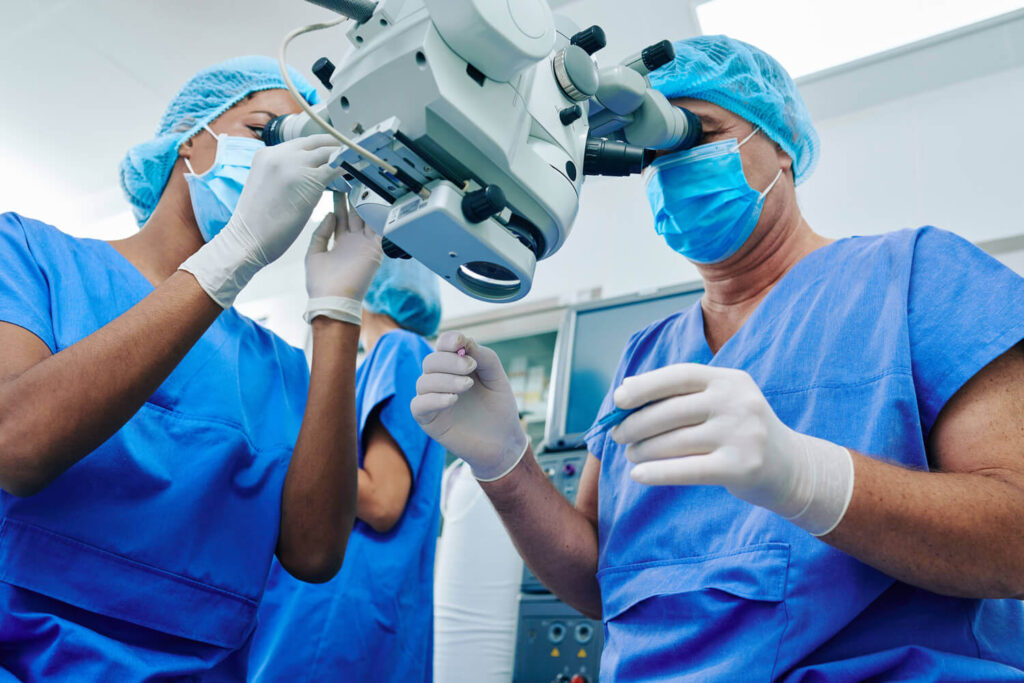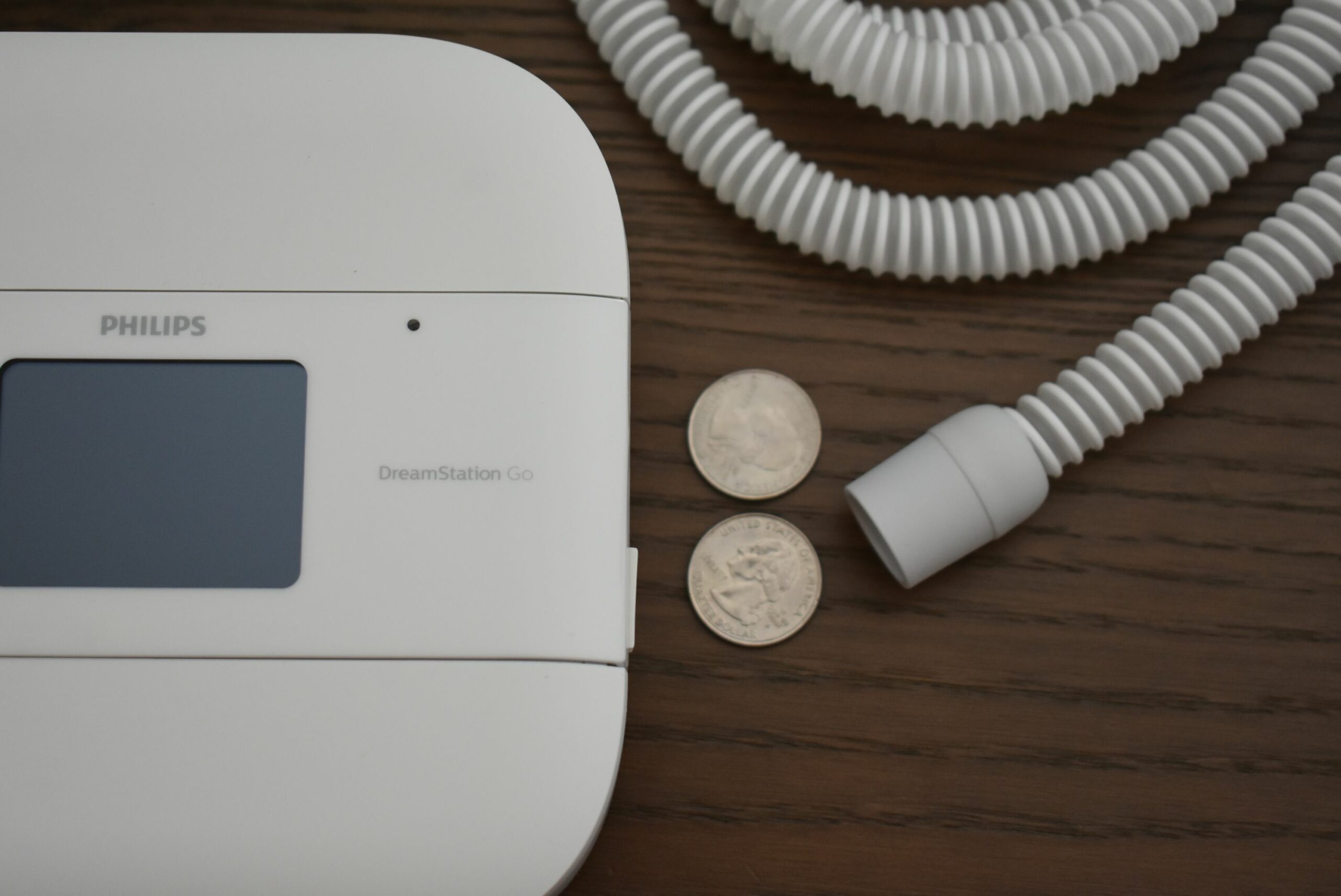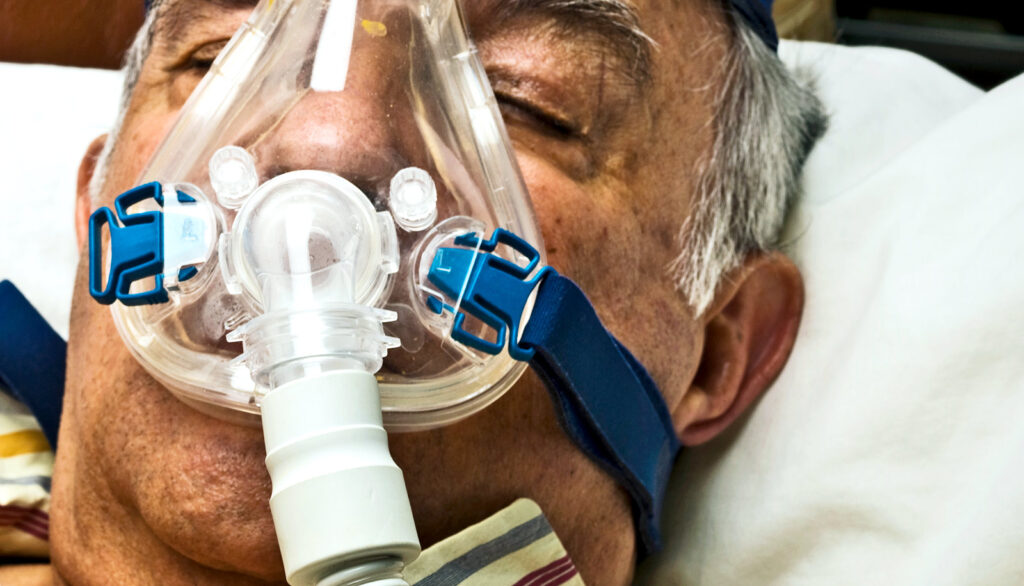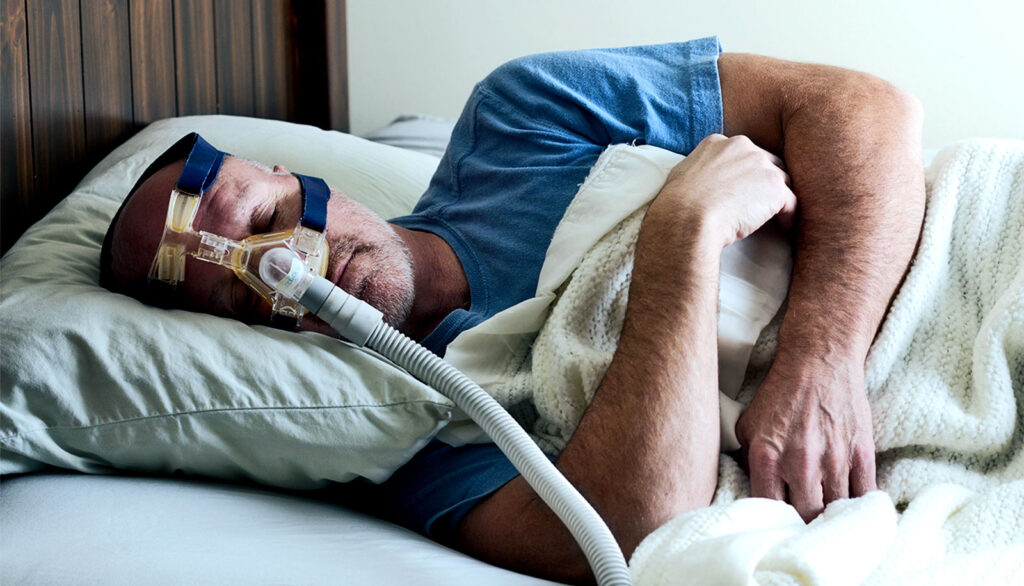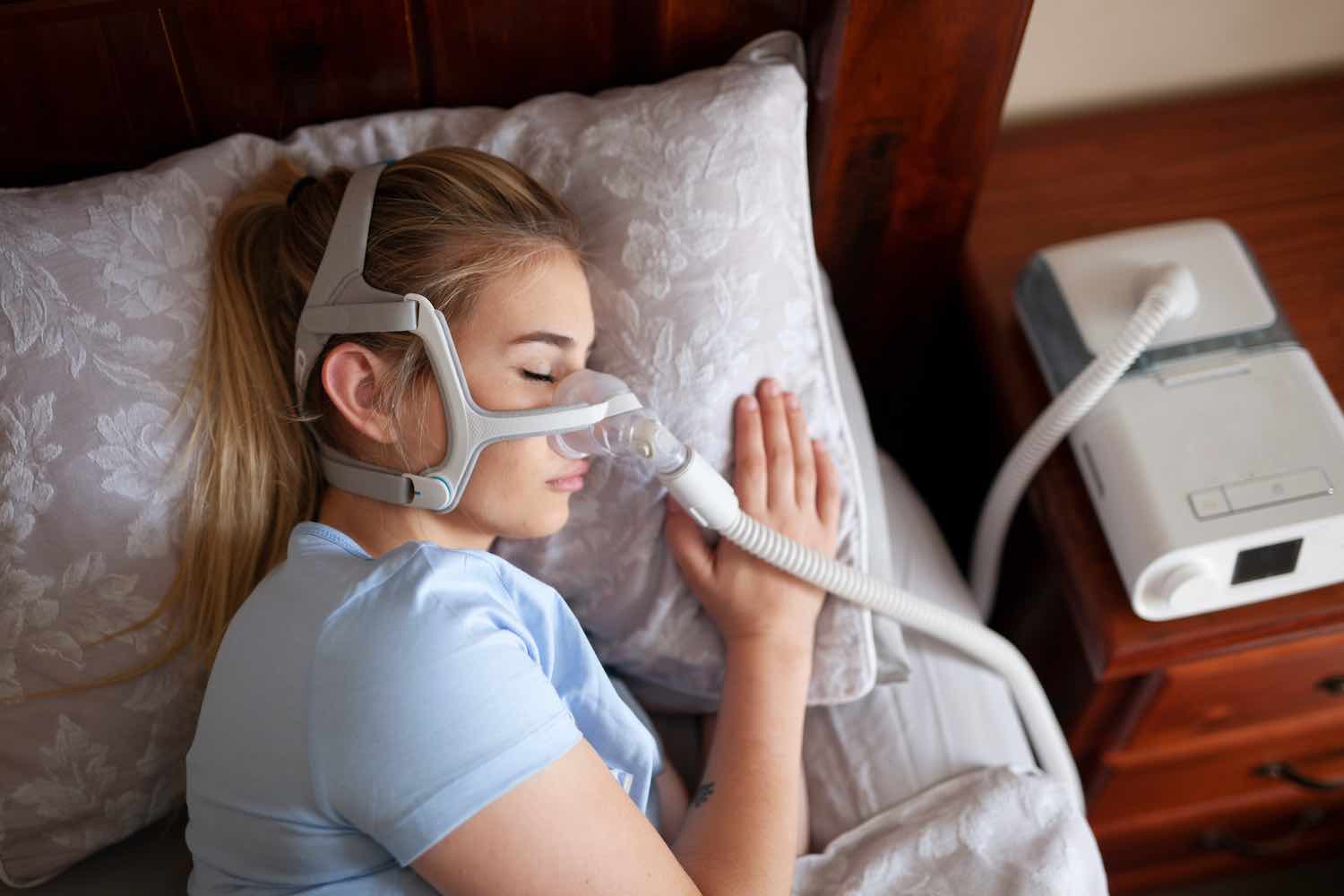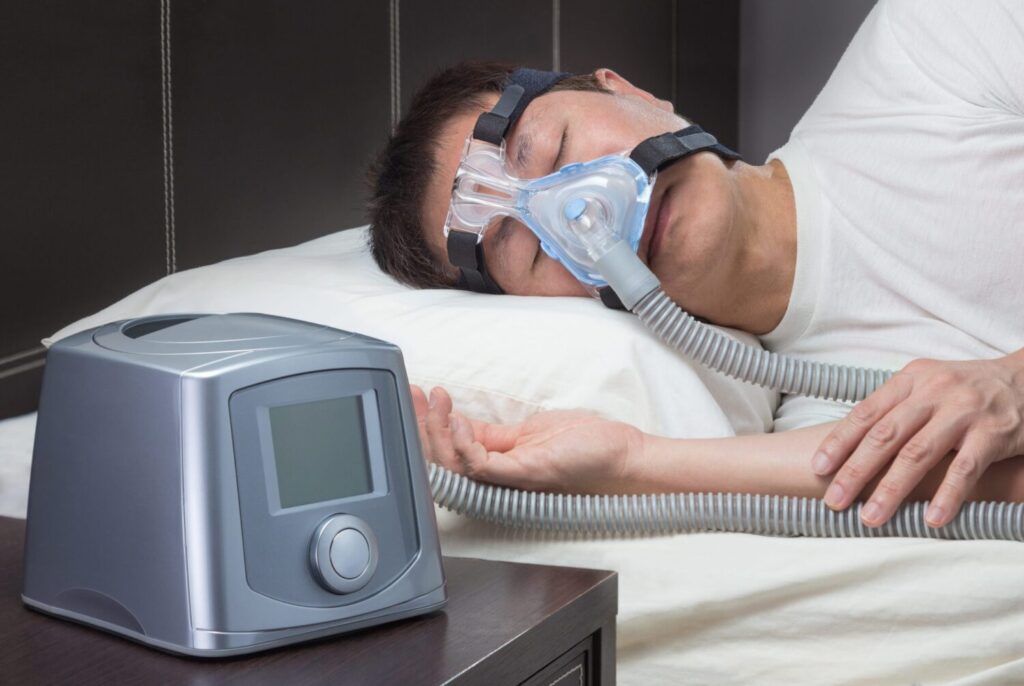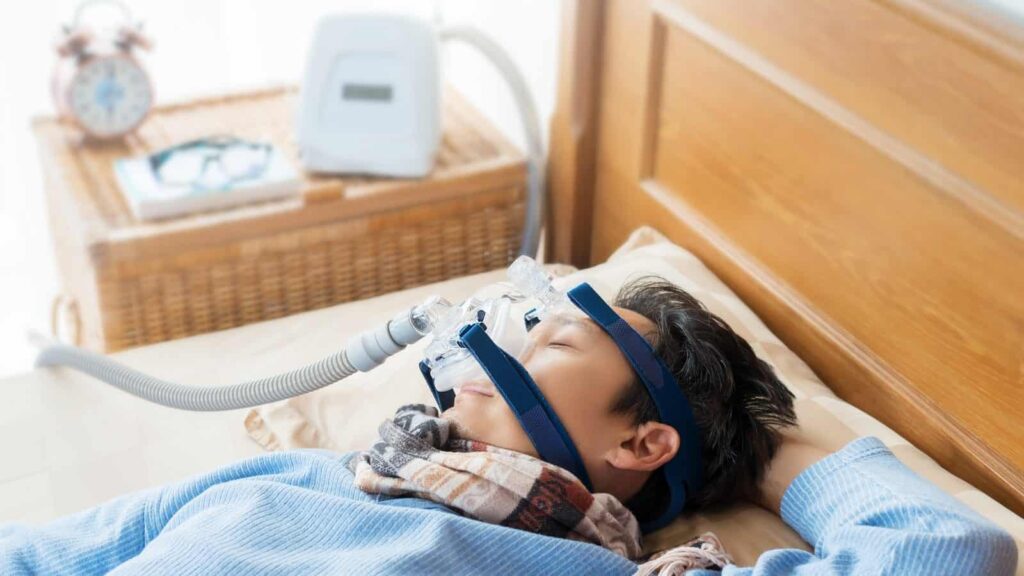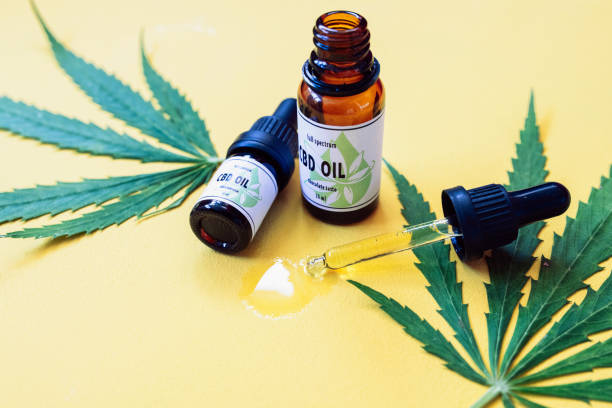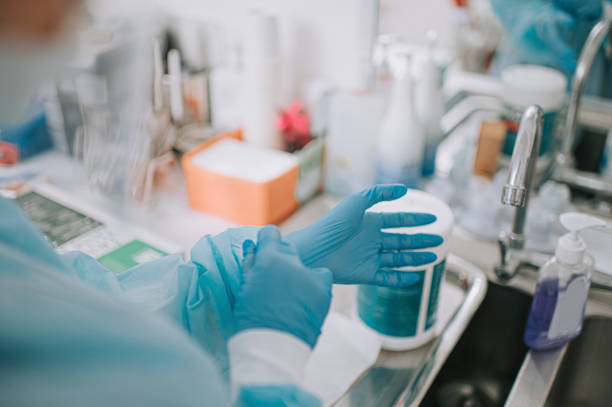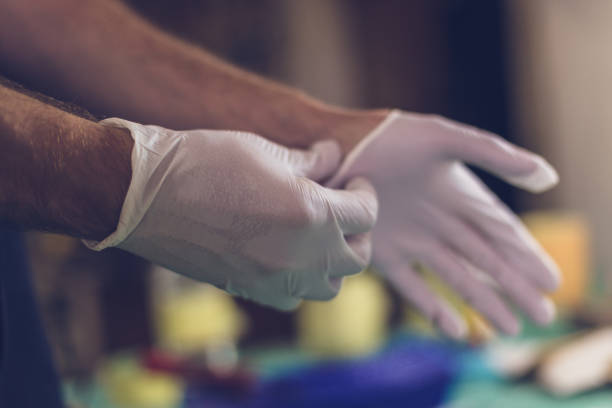Sleep apnea is a common sleep disorder that affects millions of people worldwide. It causes interruptions in breathing during sleep, leading to a lack of oxygen supply to vital organs, including the brain. In severe cases, sleep apnea can result in serious health complications, including cardiovascular problems, high blood pressure, and even stroke. Fortunately, sleep apnea machines offer an effective solution to manage this condition. In this article, we will explore the different types of sleep apnea machines available and their unique features.
Understanding Sleep Apnea
Before we dive deeper into the various sleep apnea machines, let’s take a moment to understand what sleep apnea is and how it affects the body.
Sleep apnea is a common sleep disorder that affects millions of people worldwide. It is a condition characterized by interruptions in breathing or pauses in breathing during sleep. These episodes can occur multiple times per hour and can last from a few seconds to a minute. There are two main types of sleep apnea:
- Obstructive sleep apnea (OSA): This is the most common type of sleep apnea and occurs when the muscles in the back of the throat fail to keep the airway open, despite efforts to breathe.
- Central sleep apnea (CSA): This type of sleep apnea is less common and occurs when the brain fails to send the proper signals to the muscles that control breathing.
Symptoms and Risks of Sleep Apnea
The most common symptoms of sleep apnea include loud snoring, daytime sleepiness, fatigue, and headaches. However, many people with sleep apnea are unaware of their condition, as the interruptions in breathing often occur during deep sleep.
If left untreated, sleep apnea can have severe consequences, including an increased risk of heart disease, stroke, and other health complications. In addition, sleep apnea can lead to poor sleep quality, which can affect your mood, energy levels, and overall quality of life.
Diagnosing Sleep Apnea
To diagnose sleep apnea, a sleep specialist may recommend a sleep study to monitor your breathing and other vital signs during sleep. During the study, you will be hooked up to various sensors that will measure your heart rate, oxygen levels, and brain activity while you sleep. Based on the results of the study, the specialist can determine the severity of your sleep apnea and recommend the appropriate treatment option.
If you suspect that you may have sleep apnea, it is important to seek medical attention as soon as possible. With the right treatment, you can improve your sleep quality and reduce your risk of developing serious health complications.
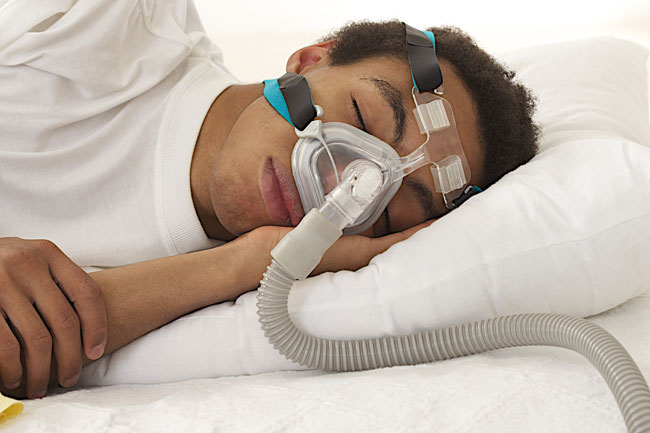
Types of Sleep Apnea Machines
Sleep apnea is a common sleep disorder that affects millions of people worldwide. It’s a condition in which a person’s breathing is interrupted during sleep, leading to snoring, gasping, and other symptoms. Fortunately, there are several types of sleep apnea machines that can help alleviate these symptoms and improve sleep quality. Let’s take a closer look at the four main types of sleep apnea machines.
Continuous Positive Airway Pressure (CPAP) Machines
CPAP machines are the most common type of sleep apnea machines and are often considered the gold standard for treating sleep apnea. They work by using air pressure to keep your airway open during sleep. The machine consists of a mask that covers your nose and/or mouth, a hose, and a motor that produces the air pressure. CPAP machines are effective in treating mild to severe cases of sleep apnea and can significantly reduce snoring and daytime sleepiness.
Additionally, CPAP machines come in different styles, including nasal masks, full-face masks, and nasal pillows, making them a versatile option for individuals with different preferences and needs.
Bi-Level Positive Airway Pressure (BiPAP) Machines
BiPAP machines are similar to CPAP machines but provide two different levels of air pressure- one when inhalation occurs and another when exhalation occurs. This makes it an excellent option for individuals who have trouble exhaling against the pressure of a CPAP machine. BiPAP machines are also effective in treating severe cases of sleep apnea and can improve sleep quality and energy levels.
Automatic Positive Airway Pressure (APAP) Machines
APAP machines use a range of air pressures that automatically adjust to your breathing throughout the night. Unlike CPAP and BiPAP machines, which deliver a constant air pressure, APAP machines can vary the pressure based on your breathing patterns. This makes it an excellent option for individuals whose airway collapses or narrows only during certain parts of the night. APAP machines are also quieter than CPAP and BiPAP machines, making them a great option for light sleepers.
Adaptive Servo-Ventilation (ASV) Machines
ASV machines are the most advanced type of sleep apnea machines and are designed to treat complex sleep apnea, which involves a combination of obstructive and central sleep apnea. They use sophisticated algorithms to maintain a steady breathing rate by adapting to changes in your breathing patterns. This makes it an excellent option for individuals with central sleep apnea, which is caused by instability in the respiratory control center in the brain. ASV machines are also effective in treating severe cases of sleep apnea and can significantly improve sleep quality and overall health.
In conclusion, sleep apnea machines are a valuable tool for individuals with sleep apnea. By using air pressure to keep the airway open during sleep, these machines can significantly reduce snoring, improve sleep quality, and enhance overall health. If you think you may have sleep apnea, talk to your doctor about which type of sleep apnea machine is right for you. Want to learn some more about ASV Machines visit https://www.sleepfoundation.org/sleep-apnea/asv-machines
Features of Sleep Apnea Machines
Each type of sleep apnea machine comes with unique features that cater to individual needs. These machines are designed to help individuals with sleep apnea breathe easily and get a good night’s rest. Here are some additional details about the features of sleep apnea machines:
Pressure Settings and Adjustments
Most sleep apnea machines allow you to adjust the air pressure to suit your individual requirements. It’s essential to work with your sleep specialist and the manufacturer’s guidelines to determine the appropriate pressure level that works best for you. The pressure level can be adjusted based on your weight, sleep position, and other factors that may affect your breathing. The machine will deliver the proper amount of air pressure to keep your airway open, allowing you to breathe normally throughout the night.
Humidification Systems
Some sleep apnea machines come with built-in humidifiers to add moisture to the air you breathe, helping to reduce dryness in your throat and mouth. This can provide added comfort and reduce side effects such as nasal congestion. The humidification system works by adding moisture to the air, which can help to soothe dry nasal passages and prevent irritation. This feature is especially helpful for individuals who live in dry climates or who experience dryness due to medication use.
Noise Levels and Sound Reduction
Most sleep apnea machines produce some noise, but some models are quieter than others. Advanced noise reduction technology can make your sleeping environment more pleasant and comfortable. The noise level of the machine can be a significant factor in determining the quality of your sleep. Newer models of sleep apnea machines are designed to be quieter than older models, making them more comfortable to use. Additionally, some machines come with sound reduction features that can further reduce noise levels, allowing you to sleep more soundly.
Data Tracking and Connectivity
Many modern sleep apnea machines come with features that allow you to monitor your sleep quality, including information such as hours of use, mask leak rates, and other vital measurements. This data can be linked to an app or web-based platform to monitor long-term progress and ensure the right treatment plan. The data tracking feature is especially helpful for individuals who are just starting treatment for sleep apnea. It allows you to see how well the machine is working and make adjustments as needed to ensure that you are getting the best possible treatment.
In conclusion, sleep apnea machines are an essential tool for individuals with sleep apnea. They come with a range of features that can be customized to meet your individual needs and preferences. Whether you need a machine with adjustable pressure settings, a built-in humidifier, or advanced noise reduction technology, there is a sleep apnea machine that can help you get a good night’s rest.
Choosing the Right Sleep Apnea Machine
Choosing the right sleep apnea machine can be a daunting task. However, working with a sleep specialist can help you make the right decision. A sleep apnea machine, also known as a CPAP (continuous positive airway pressure) machine, is a device that helps individuals with sleep apnea breathe more easily and get a good night’s sleep.
Sleep apnea is a condition that causes individuals to stop breathing repeatedly during sleep. This can lead to a variety of health problems, including high blood pressure, heart disease, and stroke. A sleep apnea machine works by delivering a constant stream of air pressure through a mask that is worn over the nose and mouth. This air pressure helps to keep the airway open and prevent breathing interruptions. Learn more about sleep Apnea Machine Click here
Factors to Consider
When choosing a sleep apnea machine, there are several factors to consider. Comfort is a crucial consideration, as the machine will need to be worn for several hours each night. It’s important to choose a mask that fits well and is comfortable to wear. Some masks cover only the nose, while others cover the nose and mouth. There are also masks that fit over the entire face.
Portability is another factor to consider. If you travel frequently, you may want to choose a machine that is lightweight and easy to transport. Some machines are designed specifically for travel, and come with a carrying case.
The pressure range of the machine is also important. The pressure range refers to the amount of air pressure that the machine delivers. Different individuals may require different pressure settings, so it’s important to choose a machine that offers a wide range of pressure settings.
Finally, ease of use is a crucial consideration. You’ll want to choose a machine that is easy to set up and use. Some machines come with a variety of features, such as automatic pressure adjustment and built-in humidifiers.
Consultation with a Sleep Specialist
Consulting with a sleep specialist is an essential step in choosing the right sleep apnea machine. A sleep specialist can assess your individual needs and recommend the device most suitable for your condition. They can also work with you to adjust your sleep apnea machine’s settings to ensure maximum effectiveness.
In addition to recommending a sleep apnea machine, a sleep specialist can also provide advice on other lifestyle changes that can help alleviate sleep apnea symptoms. For example, losing weight, quitting smoking, and avoiding alcohol can all help to reduce the severity of sleep apnea.
Insurance Coverage and Costs
It’s essential to consider insurance coverage and costs when choosing a sleep apnea machine. Some insurance policies may cover the cost of the machine, while others may cover a percentage of the cost. It’s always worth checking with your provider about their coverage.
It’s also important to consider the overall cost of the machine, including any accessories that may be required, such as replacement masks or filters. While some machines may be more expensive than others, it’s important to choose a machine that meets your individual needs and provides effective treatment for sleep apnea.
Conclusion
Overall, sleep apnea machines provide an effective solution to manage sleep apnea. Choosing the right machine depends on individual needs, preferences, and budget. Whether you choose a CPAP, BiPAP, APAP, or ASV machine, working with a sleep specialist can help you select the most appropriate device for your condition. Remember, effective treatment of sleep apnea can help improve the quality of your sleep and overall health.
